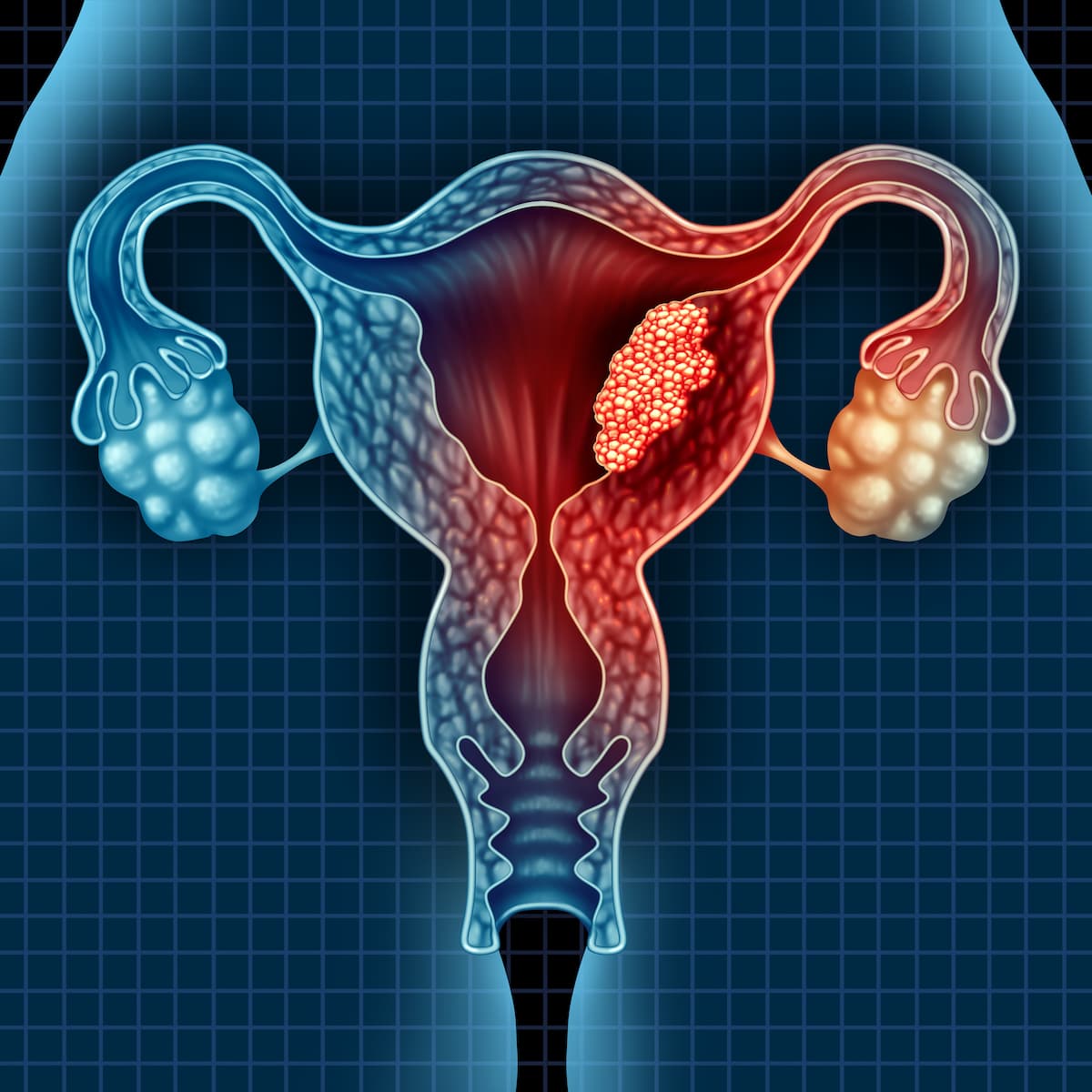Transvaginal Ultrasounds May Not Detect Endometrial Cancer in Black Women
Tissue biopsy was recommended among Black patients at risk of endometrial cancer over the common ultrasonography triage strategy.
Tissue biopsy was recommended among Black patients at risk of endometrial cancer over the common ultrasonography triage strategy.

Transvaginal ultrasounds may be unreliable in detecting endometrial cancer in Black women, and a tissue sample is recommended, according to a retrospective diagnostic study published in JAMA Oncology.1,2
In the 5 mm endometrial thickness threshold, there was an 11.4% (95% CI, 7.5%-16.5%) chance that endometrial cancer would not be identified. For the 4 mm threshold, it was 9.5% (95% CI, 5.9%-14.3%) and the 3 mm threshold was 3.8% (95% CI, 1.7%-7.4%).
“This is just not acceptable,” Kemi M. Doll, MD, MCSR, a gynecologic oncologist at the University of Washington School of Medicine and the Fred Hutchinson Cancer Center, and lead author of the study said in the press release. “What we found in real-world clinical scenarios, is that [transvaginal ultrasound] is just not accurate enough to be safely employed as a strategy among Black [patients]. Whereas a tissue biopsy is conclusive.”
The retrospective diagnostic study merged abstracted electronic health record data and secondary administrative data from the Guidelines for Transvaginal Ultrasound in the Detection of Early Endometrial Cancer. The study assessed 1494 scans of Black patients who underwent hysterectomies in 10 health care systems and outpatient practices from January 1, 2014, to December 31, 2020. Data analysis occurred from January 31, 2023, to November 30, 2023.
Ultrasonography performed before hysterectomy, demographic and clinical data on symptom presentation, endometrial characterization, and final EC diagnosis were abstracted. Endometrial thickness thresholds were used in ruling out endometrial cancer diagnosis through sensitivity, specificity, and negative predictive value. False-negative probability was defined as 1-sensitivity and accuracy measures were stratified by risk factors for endometrial cancer and factors hypothesized to influence endometrial thickness measurement quality.
Overall, 1494 patients with a uterus were evaluated. The basis of explicit gender identity recorded within the electronic medical records and/or gender-related indications for hysterectomy and included those who identified as transgender men, nonbinary, or other noncisgender identity.
In the retrospective diagnostic study, pelvic ultrasounds occurred either through a transvaginal approach (76.9%), or abdominal only (6.3%), and for 16.8% of patients, this information was missing from their records. Additionally, the records indicated the presence of fibroids (74.6%), including submucosal (14.2%). The endometrial thickness was also visible (84.2%) or partially visible (15.8%).
Additionally, for those younger than 50 years, there was 23 cases of endometrial cancer and no case had endometrial thickness of less than 5 mm. For those who were older than 50, there were 187 cases of endometrial cancer, 24 had endometrial thickness less than 5 mm. The false-negative probability was 12.8% (95% CI, 8.4%-18.5%).
For patients with a body mass index (BMI) of 40 or less, there were 108 cases of endometrial cancer and 54 cases for those with a BMI of more than 40. A range was established for the false-negative probability for those with a BMI of greater than 40 of 1.9% (95% CI, 0.0%-9.9%) at the 3 mm threshold to 9.3% (95% CI, 3.1%-20.3%) at the 5 mm threshold.
An ET measurement of less than 5 mm was observed in 11.4% of EC cases. Within this group (n = 24), a higher prevalence of fibroids (75.0% vs 64%), pelvic pain (50.0% vs 38.2%), and enlarged uterus (41.7% vs 31.7%) were observed at a rate of more than 10% over the 5 mm or greater population in patients with endometrial thickness of less than 5 mm or 5 mm or more, respectively. Additionally, a longer interval between ultrasonography and hysterectomy (median, 91 days) was observed in the smaller than 5 mm cohort than the 5 mm or greater cohort (55 days).
Two variables from the data warehouse were used to identify race. Race was confirmed on by checking the self-reported electronic health record race identification, with patients identifying as multiple races that included Black accepted for the study as well. The sample for the study was restricted to patients undergoing pelvic ultrasonography with a documented ET measurement prior to hysterectomy.
“Among Black patients who underwent hysterectomy, a significant proportion of those with [endometrial cancer] had [endometrial thickness] below the range of diagnostic thresholds for detection. These findings suggest that the transvaginal ultrasonography triage strategy is not reliable among Black adults at risk for [endometrial cancer]. In the presence of postmenopausal bleeding, tissue sampling is strongly recommended,” the authors of the study concluded.
References
- Doll KM, Pike M, Alson J, et al. Endometrial thickness as diagnostic triage for endometrial cancer among Black individuals. JAMA Oncol. Published online June 27, 2024. doi:10.1001/jamaoncol.2024.1891
- Ultrasounds may not find this cancer in Black women. News release. University of Washington Medicine. June 27, 2024. Accessed June 28, 2024. https://tinyurl.com/52at2rvw
Newsletter
Stay up to date on recent advances in the multidisciplinary approach to cancer.